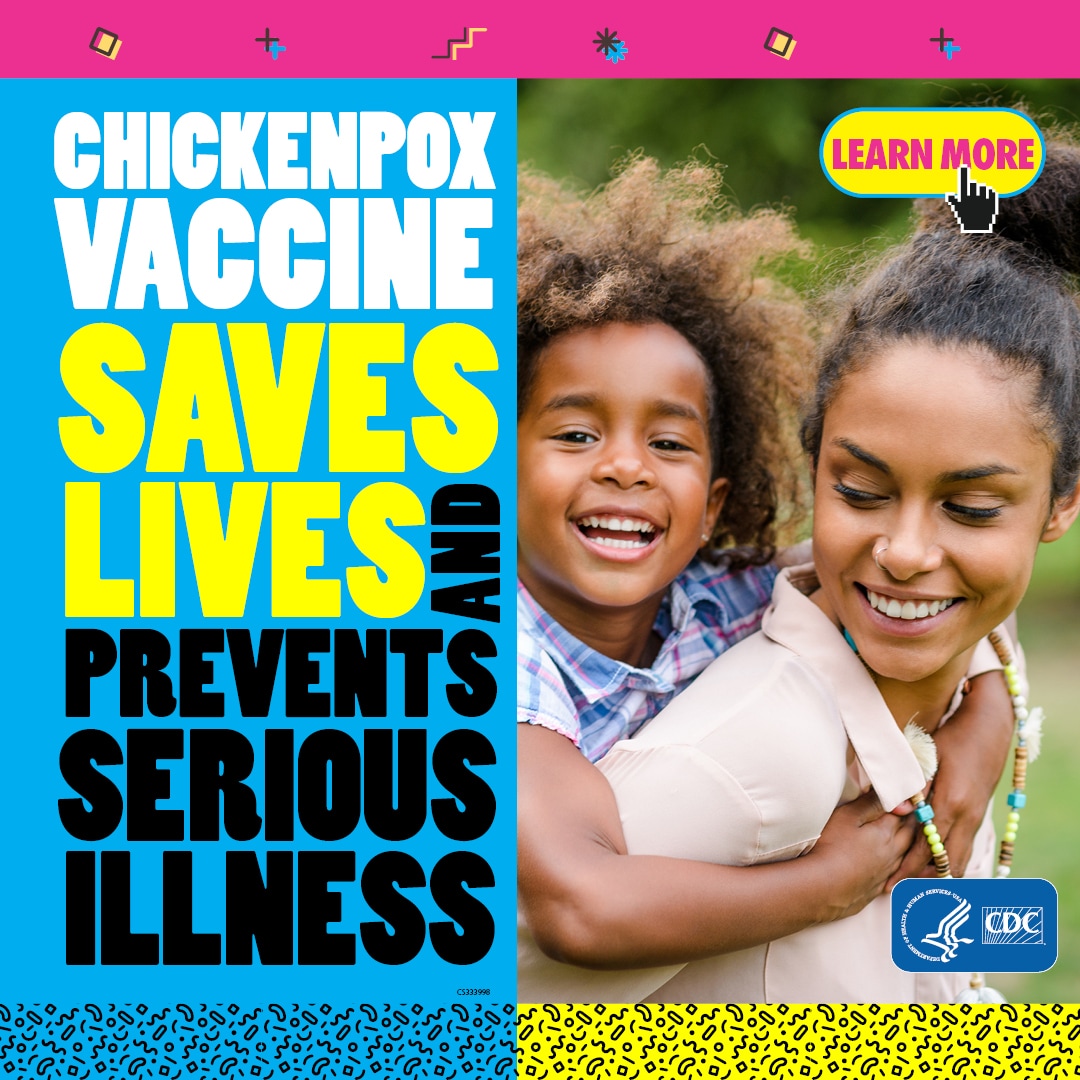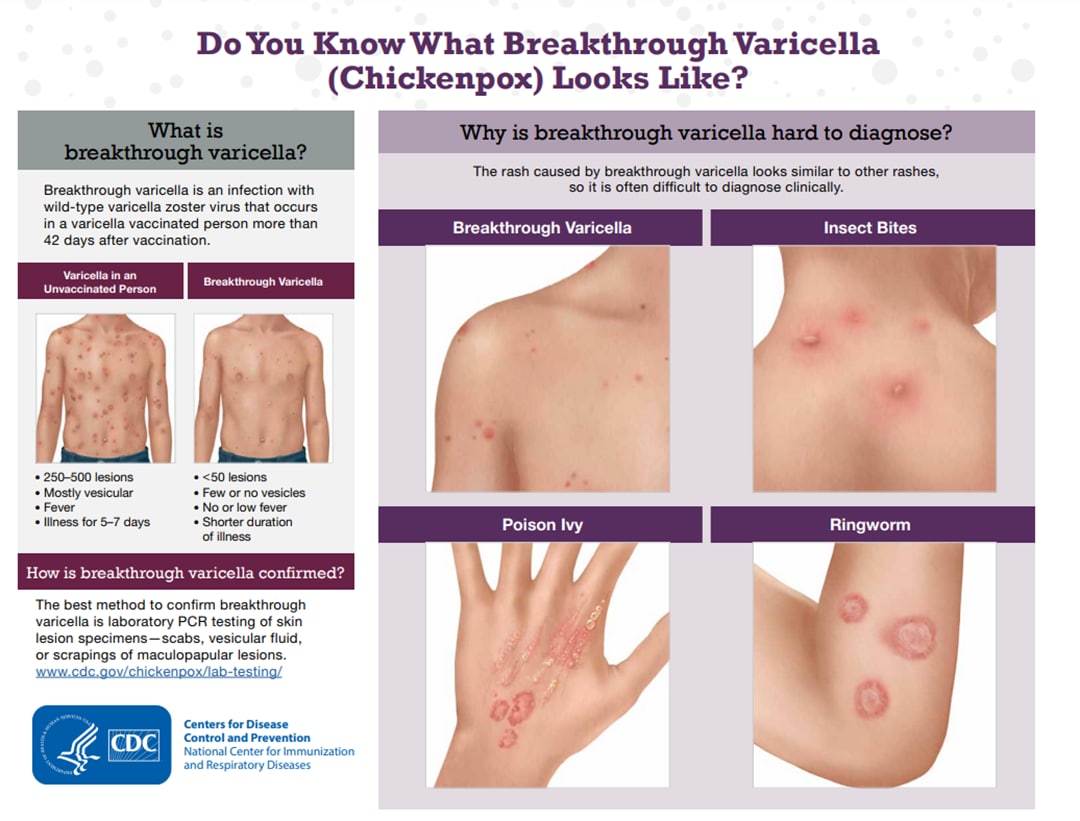Key points
- The U.S. chickenpox (varicella) vaccination program has made a significant public health and economic impact since it started in 1995.
- Chickenpox vaccines have reduced cases by 97%, proving to be an effective public health response.
- The program has decreased chickenpox spread, hospitalizations, and deaths.

Before the vaccine
In the early 1990s, more than 4 million people got chickenpox, hospitalizations reached 10,500 to 13,500, and 100 to 150 died. Half of those deaths were children.
Before the chickenpox vaccination program began, chickenpox used to be very common in the United States. Each year in the early 1990s, there were more than:
- 4 million cases of chickenpox
- 10,500 to 13,500 hospitalizations
- 100 to 150 deaths
Most of the chickenpox cases and hospitalizations, and half the deaths were among children.
Today

Public Health Impact
The United States became the first country to include the chickenpox vaccine as part of the routine childhood immunization schedule. Since the start of the program in 1995, chickenpox cases have declined overall by more than 97%.
Now, chickenpox is rare in the United States. Each year, there are fewer than:
- 150,000 cases
- 1,400 hospitalizations
- 30 deaths
Economic Impact
The U.S. chickenpox vaccination program is an effective and cost-saving public health intervention. During the first 25 years, the program has prevented an estimated 91 million cases of chickenpox and saved $23.4 billion in healthcare costs.


